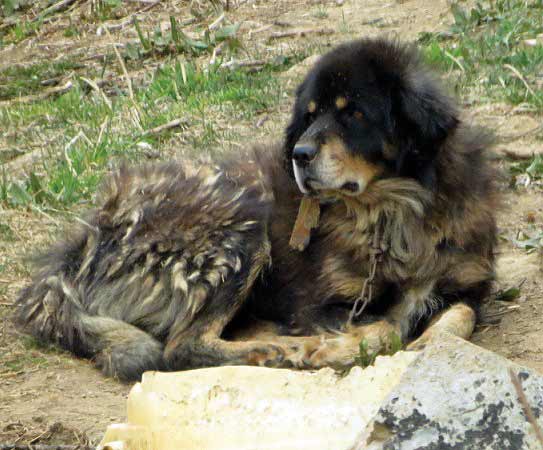It is one of the best loved dishes of Nepali cuisine, and serves a special purpose on celebratory occasions.
Kheer, a sweet rice pudding, is a common and essential dish in traditional Nepali cuisine. It is regarded as a pure and holy food, as served during auspicious days and rituals like birth and marriage ceremonies and funerals, and even as an offering to god in important pujas. The sweet and easy-to-make dish is also a traditional dessert staple at family gatherings and special events. It isn’t that difficult to prepare, and doesn’t require a lot of ingredients. There are several ways to make it, and the process can vary from family to family. The following recipe is one of the most common:
Preparation and cooking time: 1 hour
Serves: 4-8
Ingredients:
1. 1/2 a cup of Taichin rice (or any other rice)
2. 1/2 a cup of sugar
3. Ghee
4. 1.5 liters of milk
5. Nuts (cashews, raisins, coconuts, dates)
6. Cardamon (elaichi)
Method:
• Soak the Taichin rice for one hour before doing anything further
• In a heavy bottomed pot, melt and heat the ghee
• Fry the nuts in the ghee and put them aside
• Once that is done, in the same pot, boil the milk and add sugar to it
• Crush the cardamom and add it also to the milk
• When the milk has come to a boil and reduced a little, drain the soaked rice and add it to the pot
• Stir every once in a while, so the kheer doesn’t stick to the pot
• Cook the rice for another 25-30 minutes, until the consistency is thick and creamy.
• Garnish with chopped nuts and serve hot or cold
Note: If served as a meal, kheer is usually served with a savory side-dish like fried potatoes or vegetable curry.
Kheer, for many reasons, and for many occasions
From the Nepali month of Ashad to Shrawan (June-August), most villagers are engaged in planting paddy. The best thing about paddy farming in Nepal is that both women and men work in unity, and celebrate together while doing so. They work for hours to plant the saplings, making special efforts to ensure a good harvest. Shrawan marks the end of the paddy planting month, which is the time for a grand celebration in most villages of the hilly areas of Nepal. “Khir Khane Din”, which is Shrawan 15 in the Nepali calendar, is a day to mark the farmers’ accomplishment. All families serve kheer to god first, as a prasad (religious offering), and then proceed to commemorate the season by gathering to feast on platefuls of delicious kheer.
Kheer is also significant during Rishi Panchami, which falls at the end of Teej, the festival of women, during which, the seven sages who wrote the four holy books of Hinduism are worshipped. Rich Panchami usually falls in the month of August, and has a thought-provoking story behind it. There was once a woman who went against the norms, and did everything that a woman was not supposed to do when she is menstruating. Since it is considered a big sin to do so, she and her husband were both punished with death by God. She and her husband were reborn as a dog and an ox, respectively, in the house of their son, Sumati.

When Sumati was conducting a sharaddha (a puja done annually on the day of passing of a family a member), she prepared kheer as prasad. A venomous snake, however, poisons the kheer, and the dog (the reincarnation of Sumati’s mother) happens to witness it. To save her son from the risk of eating the poisoned kheer, she eats it herself. Sumati, not understanding the reason, beats the dog. The dog tells the ox everything, and decides to visit the rishis in their temple. For the deed they had done, the two animals ask the rishis to transform them back to humans, whereupon, the rishis ask them to fast for a day, after which they become humans again. Kheer, henceforth, became an important religious food, and is used to break fasts on occasions like Teej and Rishi Panchami.
Kheer is such a lovable and flexible dish. Who wouldn't love a bowl of this sweet goodness to celebrate a joyful occasion? Or, indeed, for no special reason at all!









